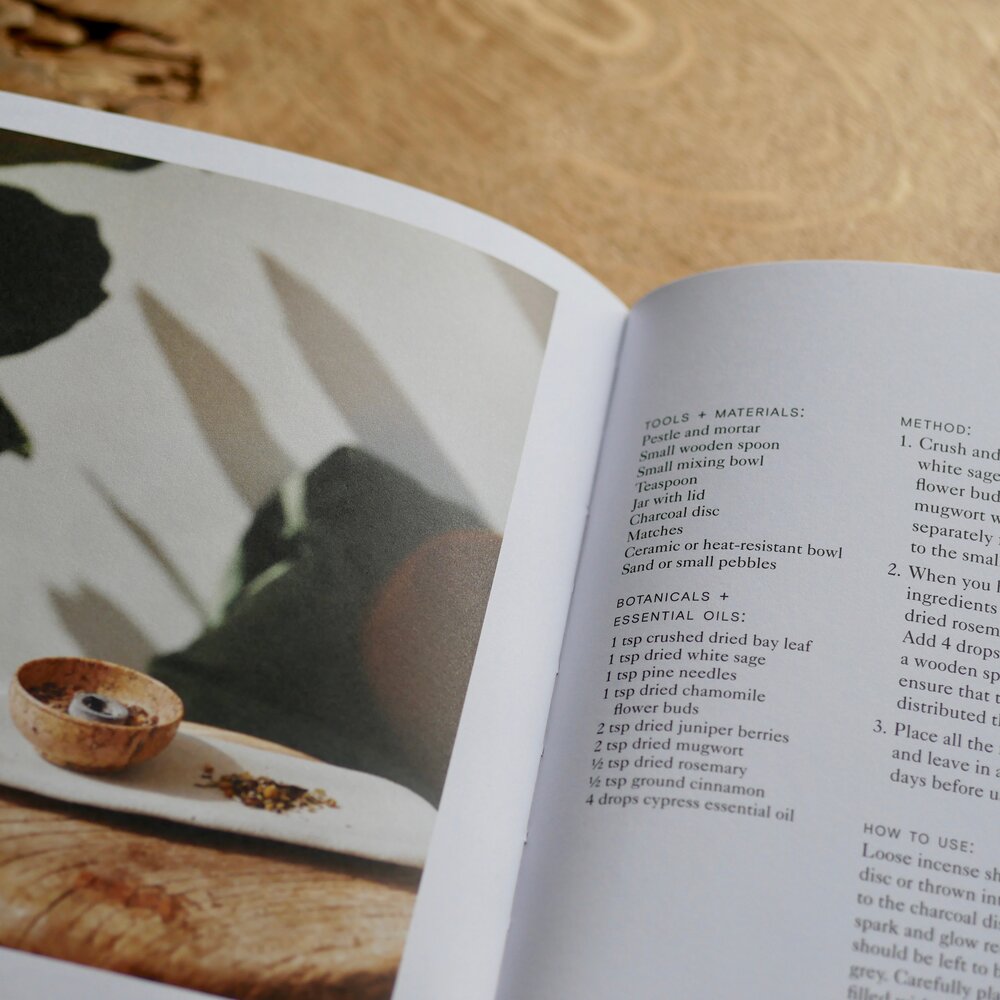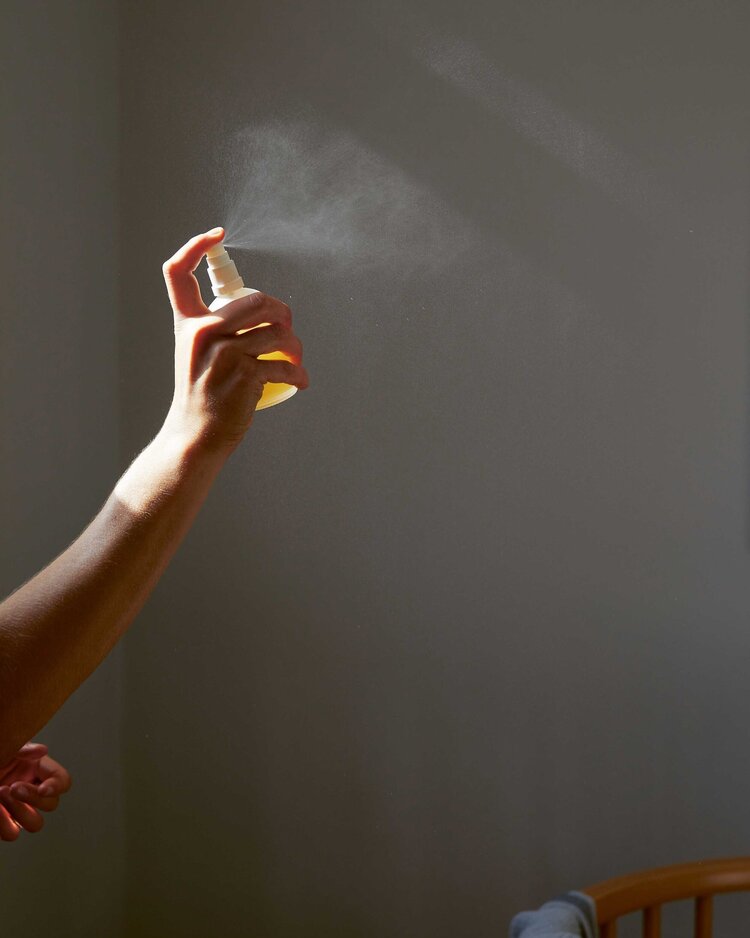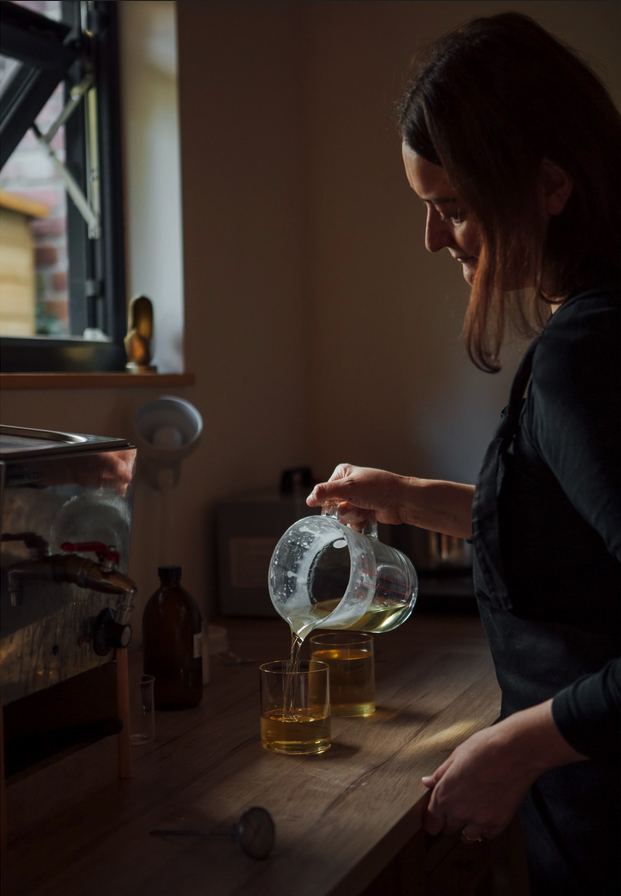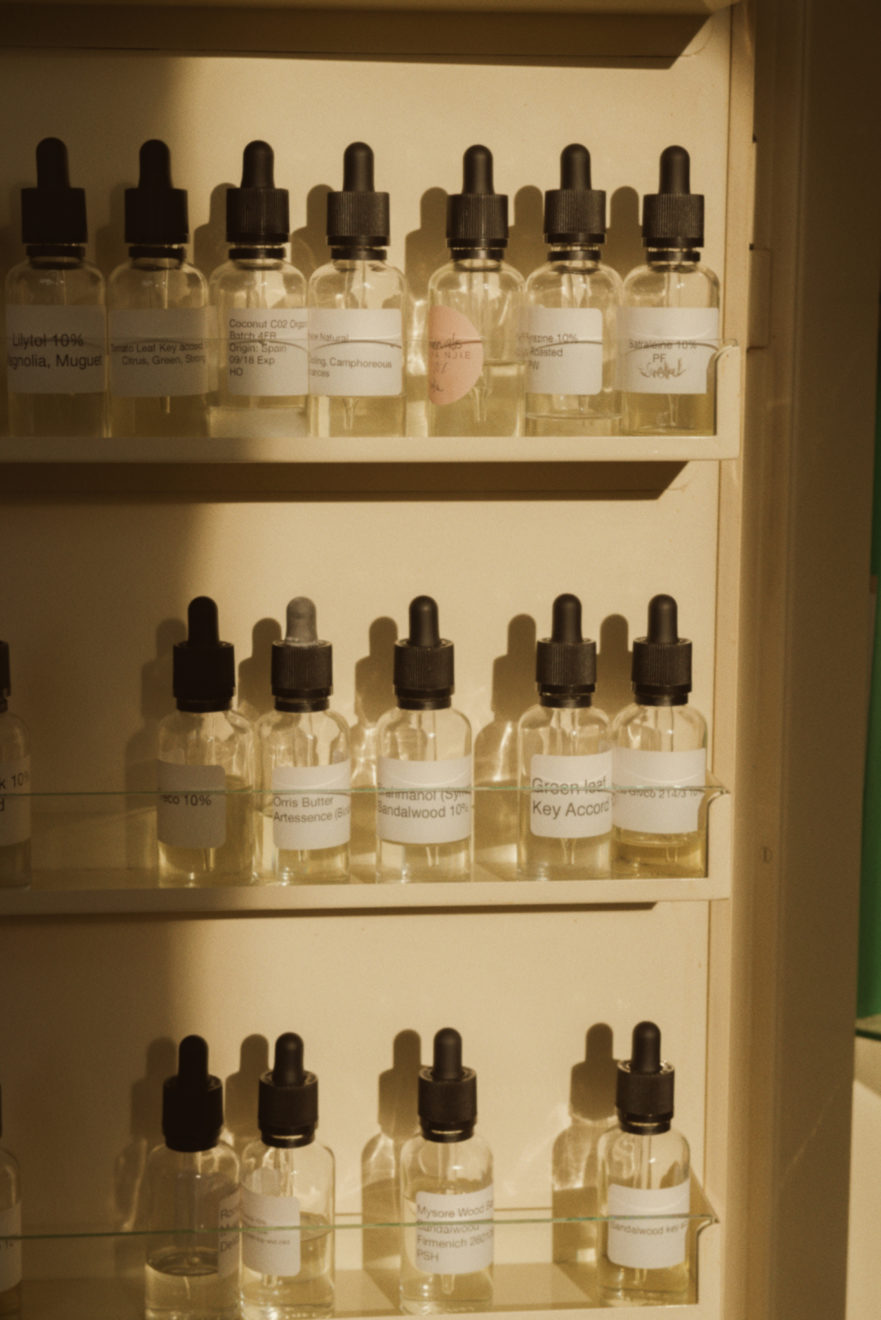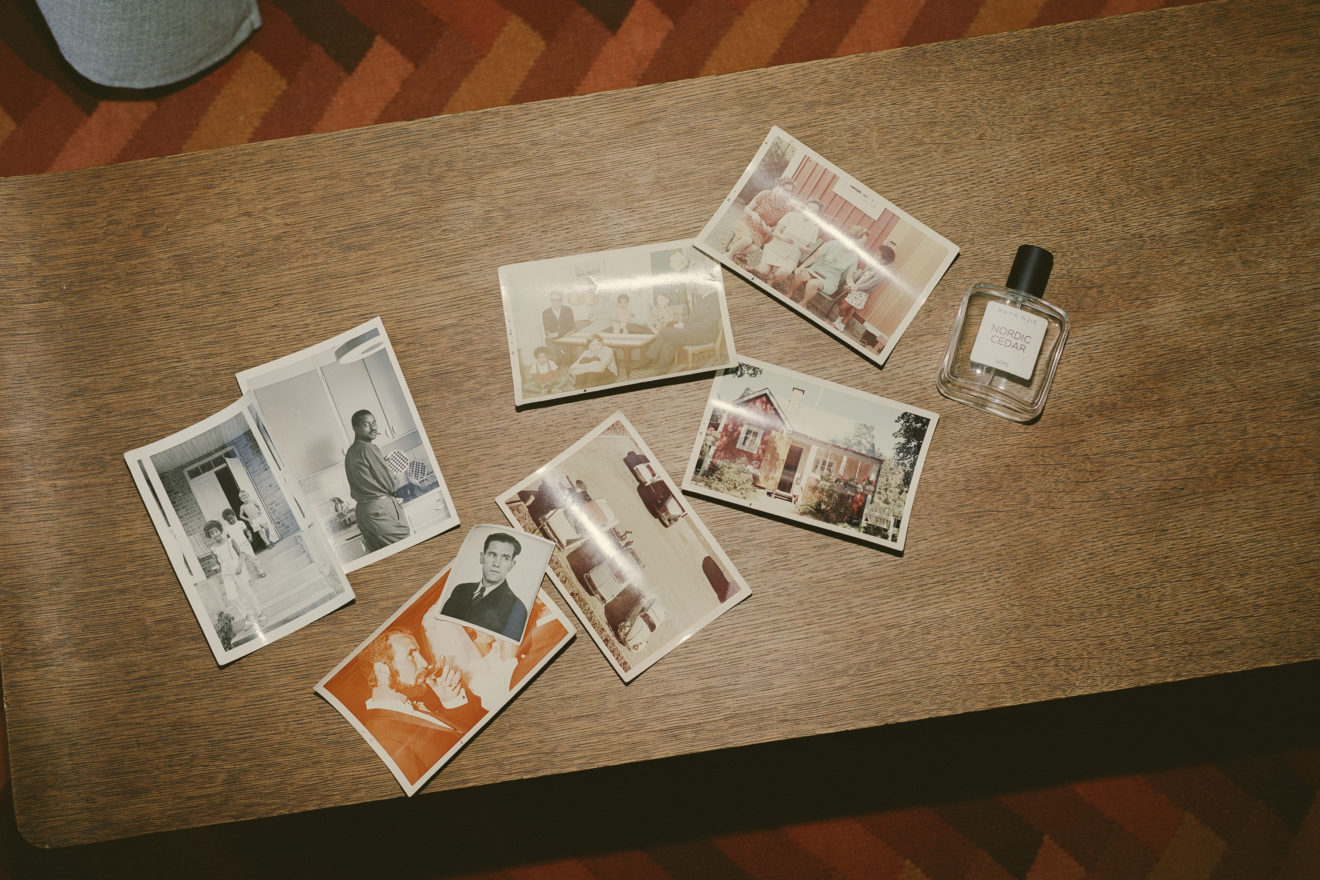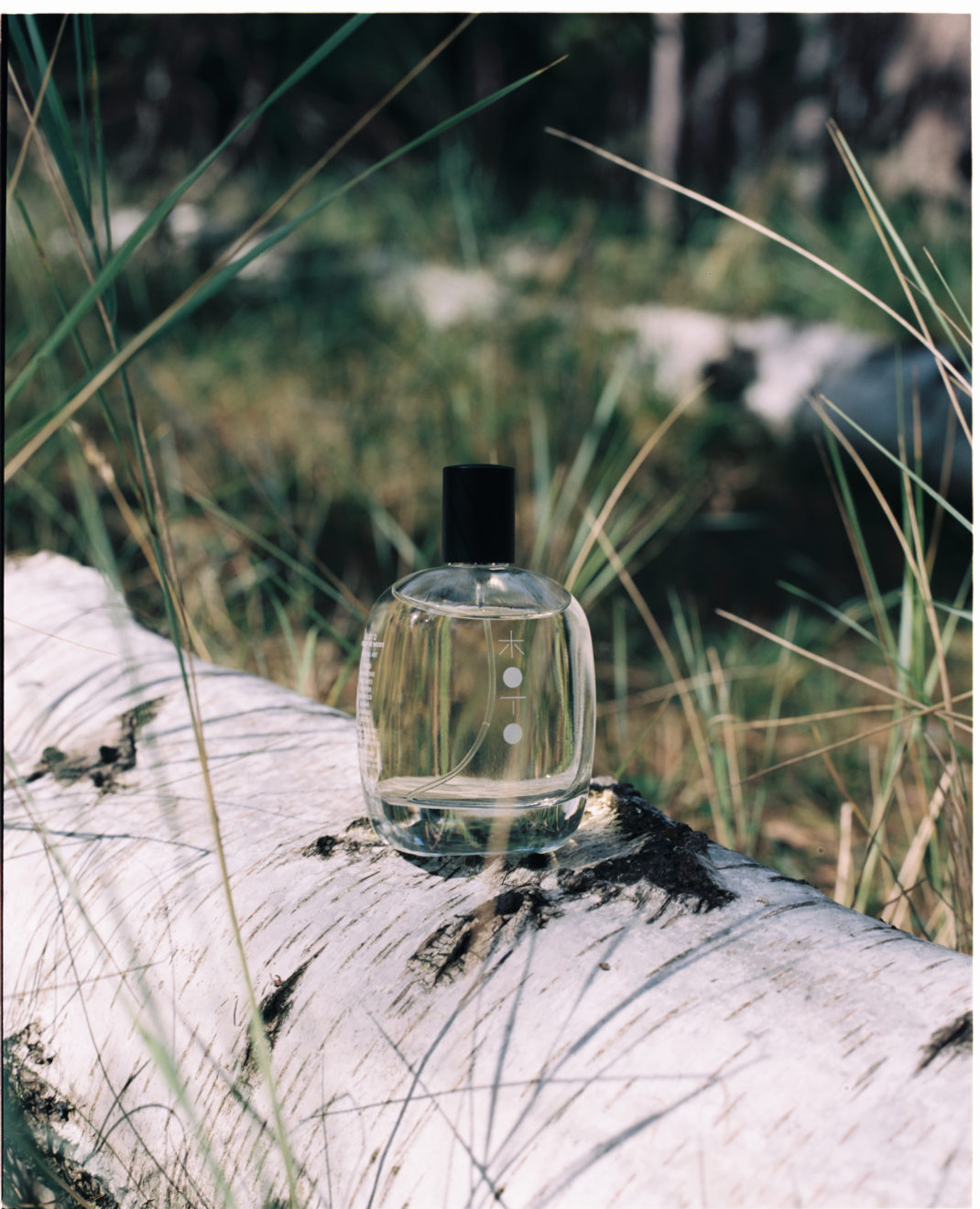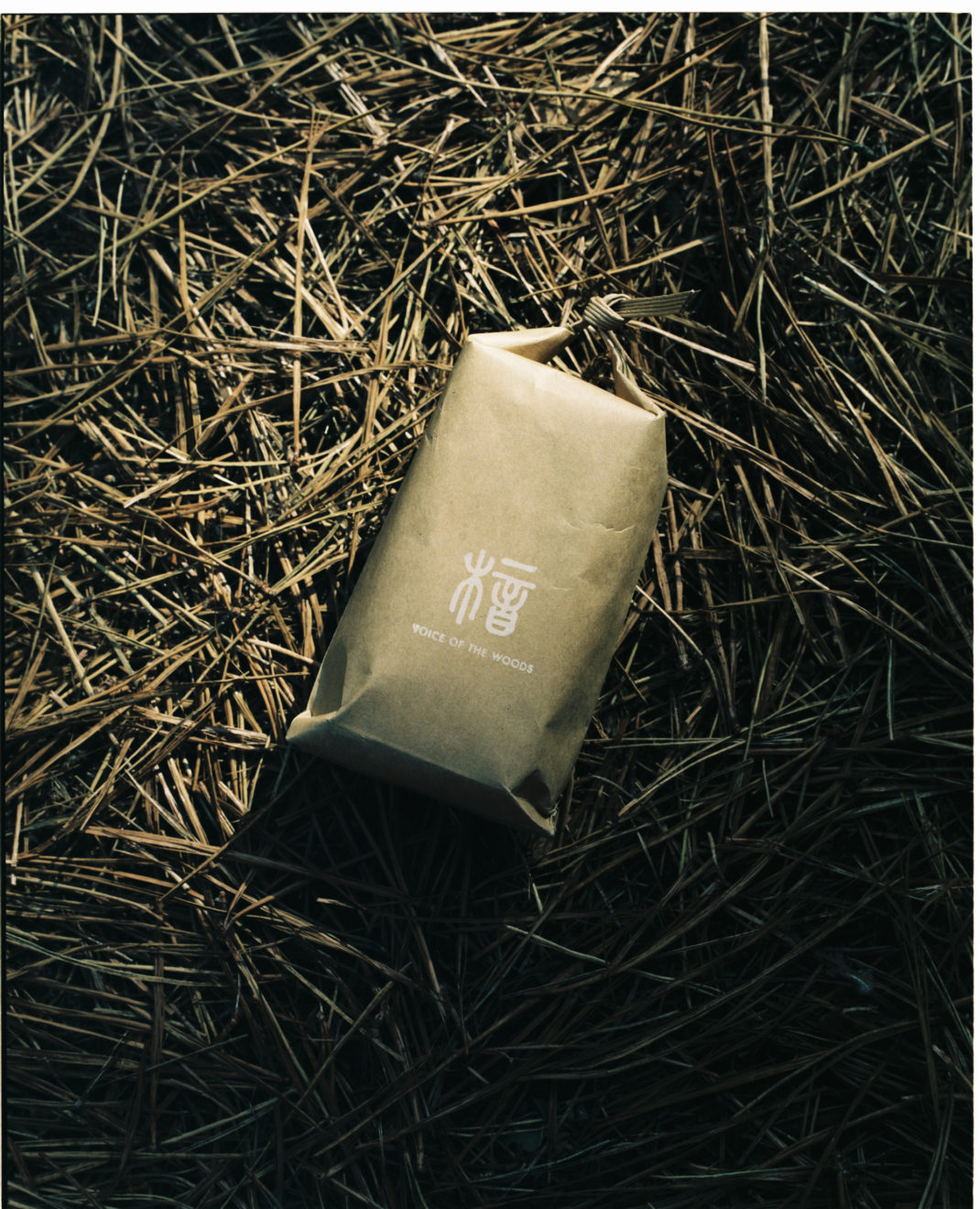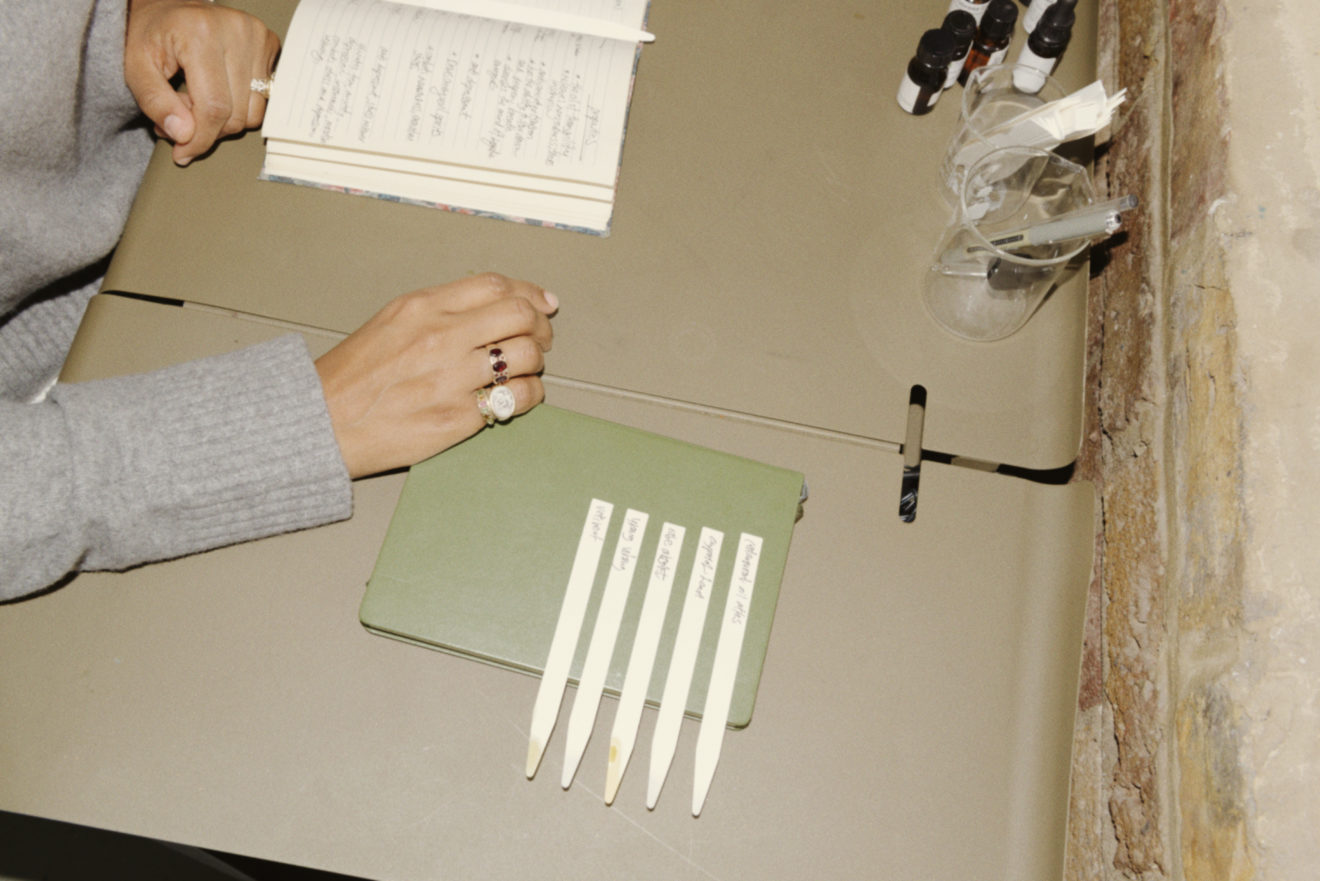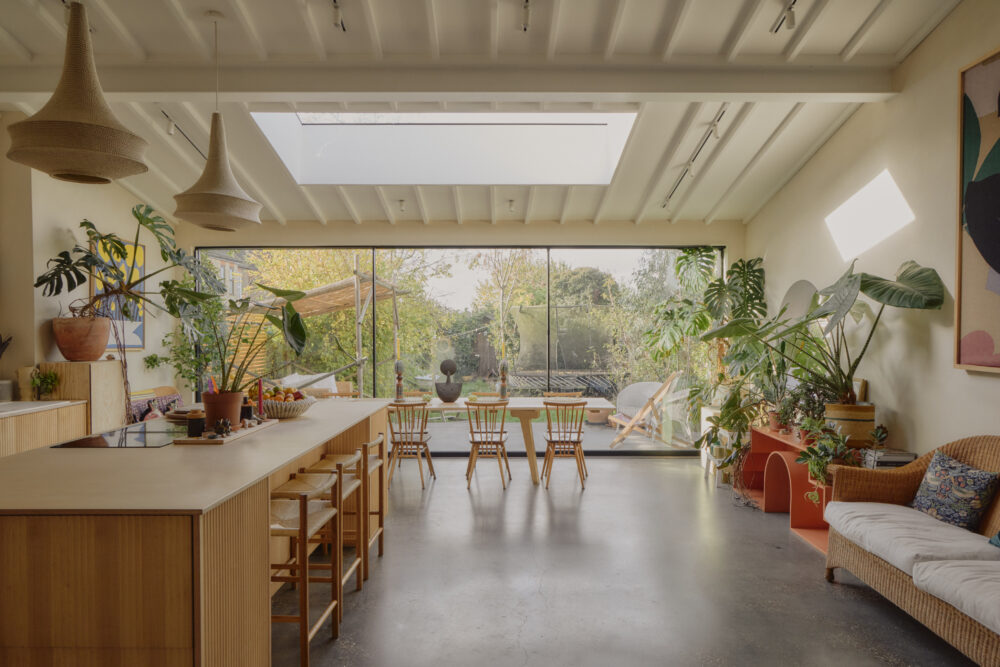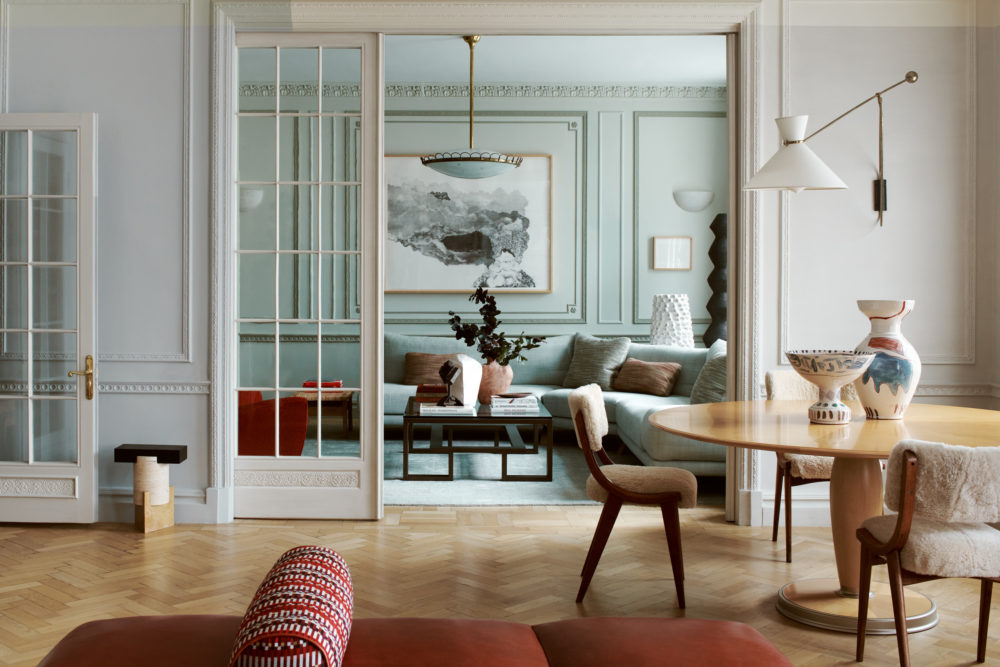How to fragrance your home well
Our sense of smell is a unique and important component in how we experience the world. So, it is little wonder that olfaction is becoming a growing element of interest for interior designers, who want the ambience of the spaces they create to be as enveloping as possible. When it comes to fragrancing your own home, there are a few key things to consider in order to carry it out well, and to develop the process into a habitual, perhaps even ritualistic, element that enriches home life in myriad ways.
We sought advice from three olfactory and interiors experts to discover the best ways to scent your home: Lesley Bramwell, founder of Essence + Alchemy and author of Fragrance Your Home; Louisa Grey, founder of interior design studio House of Grey, who recently launched the room scent KOTO – Voice of the Woods, in collaboration with Aoiro; and Maya Njie, who came to found her eponymous perfumery after her work as an artist led her to use scents as a medium.
For many, home is a sanctuary – a place to feel safe and truly relaxed. “Scents can provide you with a meditative space, and transport you to other places,” explains Louisa Grey. “Modern daily life can leave us with feelings of sensory overwhelm, your home should allow you to replenish your energy.” Lesley Bramwell agrees: “Scent is an interior design element that is just as important in our homes as colours and textures. And, because it’s intrinsically linked to our emotions and memories, it can instantly change our mood.”
“When I get home, I want to know about it,” says Maya Njie, “and scent does that for me. I enjoy steering my environment in different ways using scent, depending on how I feel. For example, I have perfume blends that I spray into the shower cubicle, as they emit the loveliest smell as I shower in the morning.” And, fragrance can influence more than just mood, as the practice of aromatherapy attests. “Naturally occurring essential oils have been used for centuries for their holistic wellbeing benefits,” explains Lesley, “they can help promote both our psychological and physical wellbeing.”
As well as enhancing wellbeing, and creating a sense of familiarity and calm, scents in the home can also influence air quality. Like Lesley, Louisa advocates scents that have been used historically, citing Palo Santo and sage as effective at-home additions for their purification properties: “Palo Santo has been burned for centuries to clean a space of negative energy and purify the home, whilst White Sage – in the form of a smudge stick – not only fills the air with a clean fragrance by also clears the air of airborne bacteria.”
Given the impact that scent can make on the home and its inhabitants, it is axiomatic that the fragrance be well considered and appropriate for both place and people. “We believe room scents should be subtle and rooted in nature,” says Louisa, who advocates natural scents with earthy undertones for home. “I am personally drawn to a scent which evokes warmth and moments of spiritual freedom. These may come in different forms, from woody, smoky Palo Santo to jasmine.”
Both Maya and Lesley cite woody, smoky nuances as some of their favourite home aromas too, and also turn to energising fruits and fresh florals, depending on mood or situation. “Uplifting scents work well for home offices and studies; rosemary is a great choice for concentration especially when blended with mint and citrus,” shares Lesley. “On the other hand, lemongrass and chamomile can be very mellow, which is good for a bathroom or living areas that need to feel more relaxed and restorative.”
Natural ingredients are important to a good scent, as their synthetic counterparts can so often be too sweet, strong, and therefore overpowering. Lesley suggests trying to bring natural fragrance into your home by using essential oils, as they fill rooms slowly and gradually. She highlights some health considerations too: “Synthetic fragrances often contain chemicals, which are derived from petrochemicals and can have harmful health effects over prolonged exposure. Always do your research when using any fragrance in the home.”
Using the real thing could also be an option; “If you love flowers, treat yourself to a scented bouquet,” she says. Maya agrees: “I love the smell of a bouquet of blooming lilies in the house.”
No matter how beautiful a scent may be, balance is key. “A scent shouldn’t overpower you when entering your home,” says Louisa, who advises using the different products for different areas of the home. Lesley agrees: “Small scented candles, such as tea-lights, are better suited to small rooms, as a candle that is too large for a room creates too much scent for the space and can overpower. If you are new to home fragrance, try using a reed diffuser; you can alter the strength of scent to suit your taste by using less or more reeds.”
Louisa also recommends choosing one scent for each space, allowing the room’s soft furnishes and finishings to absorb the scent. “When these pieces of furniture are used they will naturally disperse the scent back into the room,” she says, “but if you change room scents, it would be beneficial to dry clean or air your soft furnishings to ensure you don’t mix two scents together.”
Once you’ve got the hang of scent distribution, a considered layering of scents can create an agreeable ambience. “I make room fragrances, burn incense, and love scented candles too,” says Maya, “layering your chosen scents can make it more personal. I find that it’s easy to get used to the smells of your home when you’re in it, so room sprays are good as you can top up as and when, whereas incense emits scent a while after burning.” Maya also suggests closing off a room to preserve the scent within it, as you will then smell it more when you enter.
Working with aromas you enjoy is one thing, but dealing with the unpreventable smells of daily life that aren’t so pleasant is due cause for consideration too. When it comes to rooms that are often unavoidably filled with strong aromas – such as the kitchen – it is best not to compete. “If it’s too overpowering get a good draft going,” advises Maya, “and wait for it to pass.” Louisa agrees: “Try not to mask a bad smell with a room scent, instead ventilate the room well and replace the bad aroma by reapplying room scent.”
Louisa and House of Grey delve a little deeper when they design spaces, by advocating the use of ecological and natural paints to ensure a consistency of air quality in the home. “Using products like our lime wash collection from Bauwerk & Graphenstone Paint can purify the air inside your home, as they eliminate viruses, bacteria and bad air, and help rooms to breathe.” Indeed, paints that are made with a good quality, pure lime base purify the surrounding air, as lime is breathable, antibacterial and able to absorb smells and carbon dioxide.
Health benefits can be enjoyed in some of the more simple ways to fragrance spaces too. Louisa shares an easily achievable example: “Hanging eucalyptus in your shower ensures your bathroom and the surroundings rooms smell beautiful. Utilising the hot steam from your shower is a sustainable way of defusing eucalyptus’ potent natural scent, which also assists in clearing airways and can even reduce asthma symptoms.” A pretty piece of eucalyptus adds ocular interest too and, like a bouquet of fresh flowers, can enrich a room’s interior style.
“A stove top simmer-pot is a simple way of scenting the home for a few hours,” suggests Lesley, “You can use citrus peels and sliced fruit with fresh herbs and botanicals from the garden. The aromas will gently drift from the kitchen to other areas of the home and the scent will linger quite a while after you switch off the heat.” Whilst Maya has an innovative idea for fragrancing a room over the colder months: “A piece of scented fabric on a warm radiator will fill the room with a burst of fragrance.”
Whilst potpourri isn’t the popular resource of olfactory and ocular interest it once was, the same age-old method of scent impartment – using an object to hold and slowly emit a scent – informs the modern equivalent. Louisa offers some stellar examples that use rocks and resins as their carriers: AU’s onyx box with raw black tourmaline can be combined with your own fragrance oil so that it releases a scent upon opening; and Haeckels’ chalk room diffuser absorbs its accompanying natural oil and slowly releases the scent over time.
Whatever methods you use to fragrance your home, an appreciation for aromas is well founded, given their long-understood influence on mood and wellbeing. “I’ve always been fascinated by smell and how it can transport us to a certain time in our life and to different places,” concludes Lesley, who has dedicated her life to creating that journey for others. Whilst Louisa and House of Grey believe in the power of fragrances for the feelings that they evoke, whether that be to energise and revive you, or calm and relax.
Creating the right scents for your spaces needn’t be an expensive or complex task either. “Most of my favourite smells for the home have not been very expensive at all. I have either blended them myself or it has been through incense that I have bought on my travels,” says Maya. But if money were no object at all, Maya would share harmony with all: “I would have a perfume organ at home where I could sit and conduct daily olfactory melodies and quietly disperse them into the ether.”

